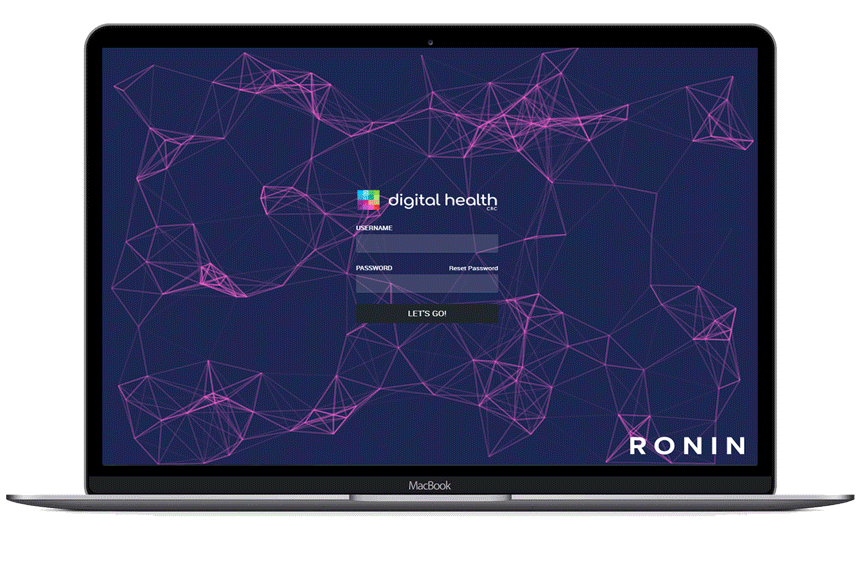For each state, there are 4 types of claim data and two information datasets:
Institutional: This file contains data items from institutions such as hospitals (including emergency room and one-day surgeries) and other facilities (nursing facility, long term care, federally qualified health centres, dialysis clinics, etc.). The data fields in this file are those that are billed using the “UB04” (
CMS-1450) paper claim form or (ANSI X12
837I version 5010) electronic form. UB04 contains “header” information about the provider, patient, and the presenting diagnosis and conditions – as well as (for inpatient claims only) the ICD10 procedures. In addition to the header information, the UB04 also contains detail lines that itemize the service charges (including drugs, prosthetics, operating room, anaesthesia, etc). The detail lines are organized by “Revenue codes” which describe the category of the charge. So, for instance, Revenue Code 250 is for drugs. In most cases, this is all the information that is on the line, but in some cases, there are procedure codes (
CPT-4 and
HCPCS) that provider further detail on the type of service being billed for on the line.
Medical: This file contains information about professional type charges, which are billed on the (
CMS 1500) paper form or (
837P version 5010) electronic form. This has some header information about the provider and patient, and detail lines for each service rendered. Services are described by means of CPT-4 and HCPCS procedure codes and contain the units billed for each one. The form also contains diagnosis codes.
Pharmacy: This file contains information about the drugs that were billed to Medicaid. Most outpatient drugs (from a pharmacy) are billed electronically using an NCPDP standard layout. The key fields for pharmacy are the National Drug Code (NDC) which describes the exact drug, units billed, and days-supply.
Dental: Dental Claims are usually billed on (
ADA J400) paper form or (
837D version 5010) electronic form but contain an extra set of fields that describe the tooth-number.
Eligibility: This dataset contains information about the recipients of services including age, gender, race, ethnicity, language, marital status, etc. and the reasons why they are eligible to receive Medicaid services.
Provider: This dataset contains information about the providers of medical services including provider’s type, specialty, county, address, etc.



















